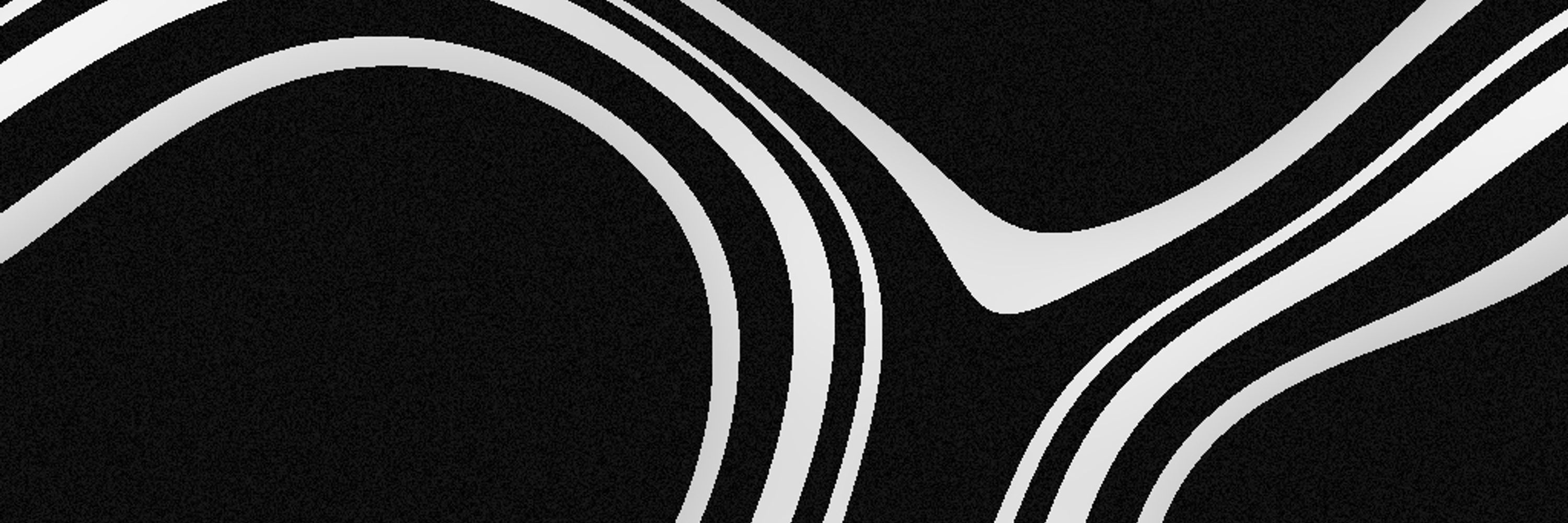andrew haun
@andrewhaun.bsky.social
190 followers
120 following
160 posts
scientist at UW-Madison: vision science, psychophysics, visual neuroscience, consciousness, integrated information theory
https://sites.google.com/site/amhaun01/
Posts
Media
Videos
Starter Packs
Reposted by andrew haun
andrew haun
@andrewhaun.bsky.social
· Aug 20
andrew haun
@andrewhaun.bsky.social
· Sep 8
andrew haun
@andrewhaun.bsky.social
· Sep 4
andrew haun
@andrewhaun.bsky.social
· Aug 30
andrew haun
@andrewhaun.bsky.social
· Aug 30
andrew haun
@andrewhaun.bsky.social
· Aug 30
andrew haun
@andrewhaun.bsky.social
· Aug 30
andrew haun
@andrewhaun.bsky.social
· Aug 22
andrew haun
@andrewhaun.bsky.social
· Aug 20
andrew haun
@andrewhaun.bsky.social
· Aug 20
andrew haun
@andrewhaun.bsky.social
· Aug 20
andrew haun
@andrewhaun.bsky.social
· Aug 20




